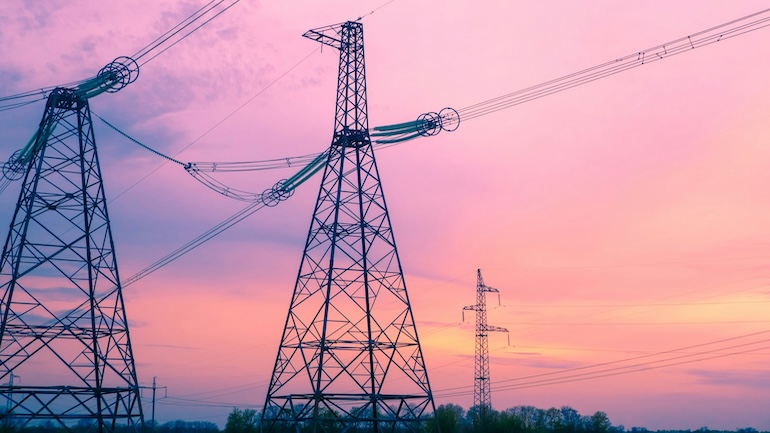
As Earth Day 2025 dawns, environmentalists, technologists and communities across the U.S. are grappling with an urgent challenge: How do we handle the ever-growing energy demands created by the rise of artificial intelligence (AI) in a sustainable manner?
At the center of this vexing concern is a question that may determine the outcome for the environment – can AI help solve the problem that the technology itself creates? As an example of the challenge, Arizona is one of a handful of states undergoing a boom in data center construction, driven by low taxes, extensive fiber connectivity and a lack of natural disasters. Taiwan-based TSMC, the global leader in semiconductor fabrication, is committing $165 billion to build six facilities in the Phoenix area, and expects to produce 30% of its most advanced chips when the plants are operational.
Remarkably, the TSMC plants will be in addition to the more than 60 data centers already operating in the Phoenix area. All of these facilities support the AI economy, which experts forecast will grow by a torrid 36% between now and 2030.
The problem: While Arizona is currently able to support the demands on its energy grid, its data centers could require more than twice the current energy level by 2030, devouring as much as 16.5% of Arizona’s total electricity output, according to a report by the Electric Power Research Institute. And AI is driving this concerning trend. The report details the stunning increase of energy consumption created by the use of generative AI.
“These early [generative AI] applications were estimated to require about ten times the electricity—from 0.3 watt-hours for a traditional Google search to 2.9 watt-hours for a ChatGPT query—to respond to user queries,” the report reads.
The massive energy needs of these AI data centers ripple through the community at large. The rising total demand for electricity could cause price to increase for all of Arizona’s consumers, including families and businesses. And data centers’ high energy consumption leads to the release of greenhouse gases, including carbon dioxide, which drives global warming.
Yet while the growth of AI is creating this problem, the technology could also help solve it. A recent report by the International Energy Agency (IEA) detailed numerous ways that AI can enable environmental sustainability even as energy demands rise. “AI is already being deployed by energy companies to transform and optimize energy and mineral supply, electricity generation and transmission, and energy consumption,” the report noted. “There are numerous objectives in play, including reducing costs, enhancing supply, extending asset lifetimes, reducing downtime and lowering emissions.”
More specifically, experts note that AI can streamline the operation of power grids, most significantly by enabling improved integration of renewable energy with legacy electricity sources. It can also assist in the process of carbon capture and sequestration, which helps reduce carbon emissions. AI enables sensor data to more accurately and sensitively track deforestation and other land degradation, and it helps to support better weather forecasting so communities can better prepare for natural disasters. And given AI’s rapid evolution, it’s likely that there are additional ways this smart technology can help humans protect the environment.
In the words of the United Nations, “AI can revolutionize the world’s approach to carbon neutrality and usher in an era of intelligent sustainability on a global scale at a time when the race is on to keep Earth from heating up to dangerous levels.” Which, if we can allow ourselves an optimistic view, is good news on Earth Day.

